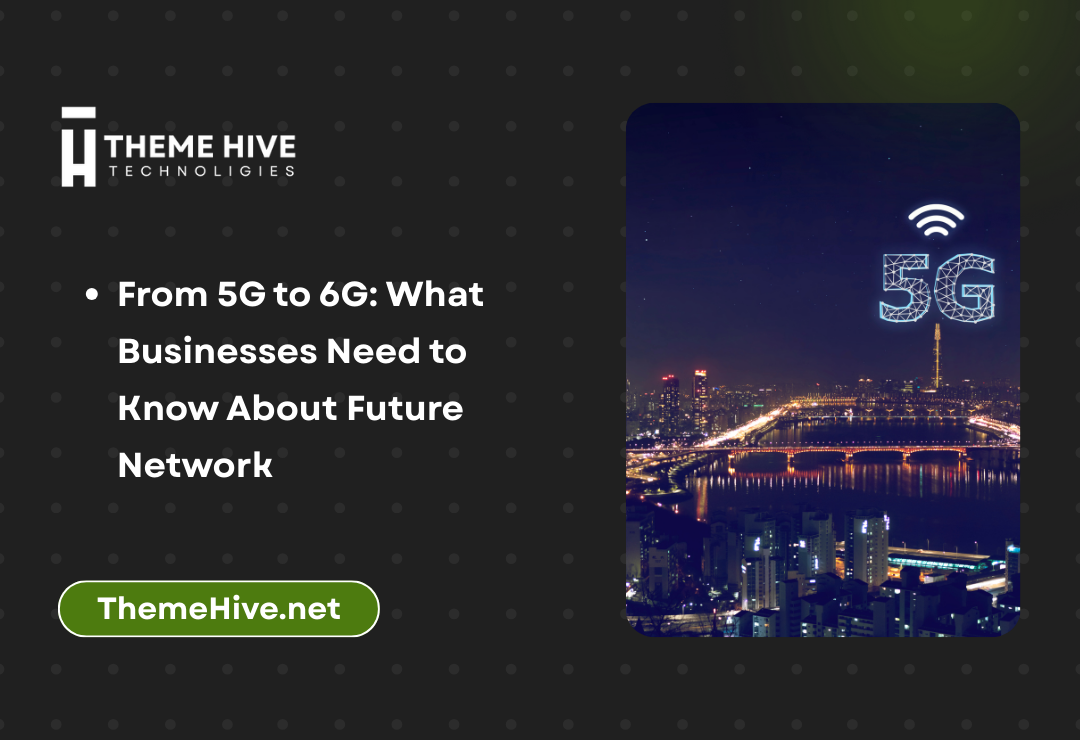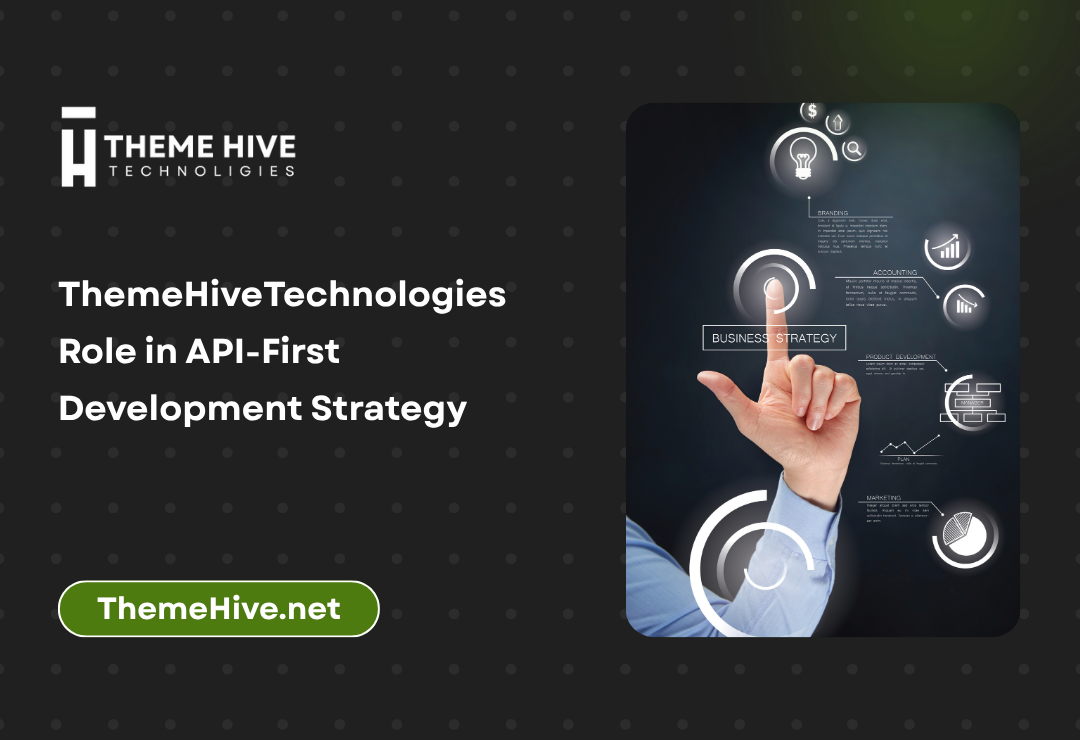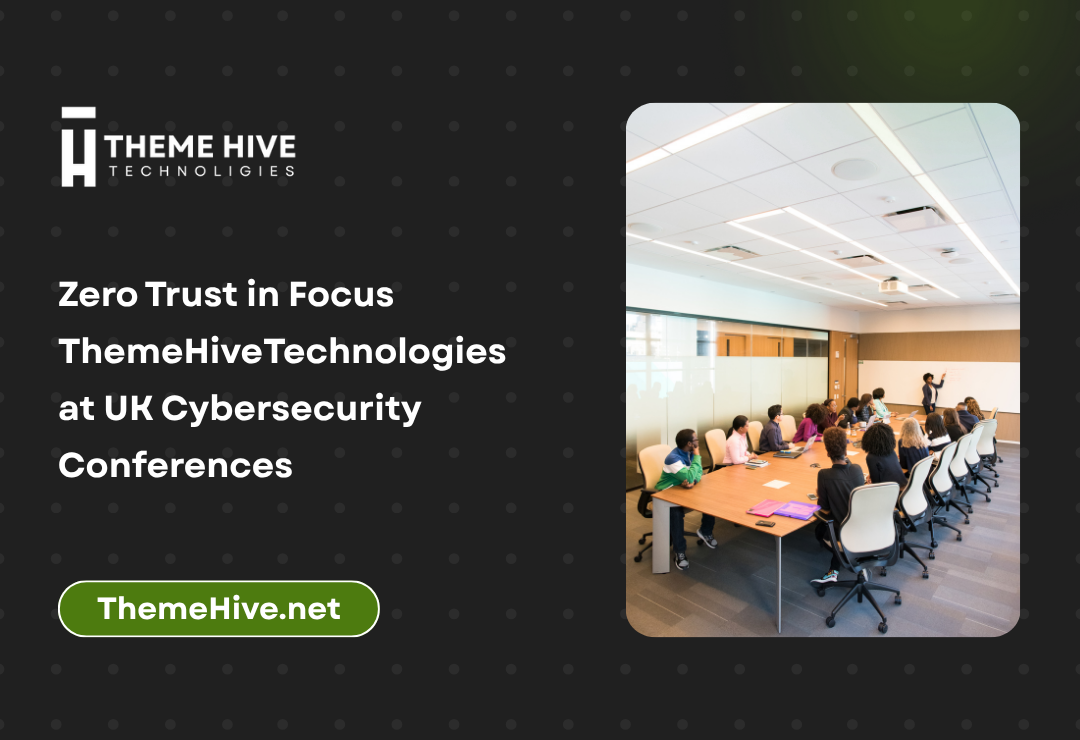The rapid pace of technological innovation in telecommunications continues to reshape the business landscape. With 5G networks still being rolled out globally, the buzz around 6G is already making waves. For enterprises, these advancements represent far more than faster download speeds — they promise transformations in connectivity, automation, IoT, cloud services, and the overall digital economy. This article explores the opportunities, challenges, and strategic considerations for businesses as we transition from 5G to 6G.
Understanding 5G The Current Standard
What is 5G?
5G, the fifth generation of mobile networks, delivers ultra-fast speeds, low latency, and massive device connectivity compared to its predecessor, 4G LTE. Designed to handle the surge in connected devices, 5G provides the infrastructure necessary for smart cities, autonomous vehicles, Industry 4.0, and advanced cloud services.
Key Features of 5G
- Enhanced Mobile Broadband (eMBB): Faster internet speeds, enabling real-time streaming and cloud computing.
- Ultra-Reliable Low Latency Communications (URLLC): Supports mission-critical applications such as healthcare, autonomous systems, and industrial automation.
- Massive Machine-Type Communications (mMTC): Connects billions of IoT devices seamlessly.
Business Applications of 5G
- Remote Work: Reliable connectivity for video conferencing and cloud applications.
- IoT Growth: Smart factories, logistics, and retail powered by connected devices.
- Healthcare: Remote surgery and telehealth enabled by low-latency networks.
- Entertainment: Streaming, AR/VR, and gaming with minimal lag.
Looking Ahead: What is 6G?
Defining 6G
6G, expected to roll out commercially around 2030, will build on 5G while introducing capabilities that seem futuristic today. While still under development, 6G aims to integrate advanced technologies such as AI, edge computing, blockchain, and holographic communications.
Expected Features of 6G
- Terahertz Frequency Bands: Offering speeds up to 100 times faster than 5G.
- Integrated AI: Networks that self-optimize, ensuring security and efficiency.
- Holographic Communication: Real-time holograms for meetings, education, and entertainment.
- Seamless Connectivity: Truly ubiquitous, borderless coverage.
- Sustainability Focus: Energy-efficient and eco-friendly infrastructure.
From 5G to 6G: Evolution and Key Differences
| Feature | 5G | 6G (Expected) |
|---|---|---|
| Speed | Up to 10 Gbps | Up to 1 Tbps |
| Latency | 1 ms | <0.1 ms |
| Connectivity | 1 million devices per km² | 10 million devices per km² |
| AI Integration | Limited | Fully integrated, autonomous |
| Applications | IoT, smart cities, AR/VR | Holograms, digital twins, immersive experiences |
Opportunities for Businesses
1. Enhanced Connectivity and Productivity
6G’s faster speeds and ultra-low latency will empower businesses with real-time decision-making, seamless collaboration, and advanced automation.
2. Immersive Communication
Holographic meetings and extended reality (XR) will redefine how employees and customers interact, reducing the need for physical presence.
3. Smarter Infrastructure
Integration with digital twins will allow businesses to simulate and optimize processes, reducing costs and increasing efficiency.
4. Expanding IoT Ecosystem
From agriculture to logistics, billions of devices will connect effortlessly, creating smarter supply chains and predictive maintenance systems.
5. Global Market Reach
Ubiquitous connectivity will break geographical barriers, enabling enterprises to serve customers and partners worldwide with consistent service quality.
Challenges of Transitioning from 5G to 6G
1. High Costs
Deploying new infrastructure for 5G to 6G will require significant investment in spectrum, hardware, and training.
2. Security Concerns
The increased attack surface from billions of connected devices and AI-powered systems could expose enterprises to sophisticated cyber threats.
3. Regulatory Barriers
Governments must establish clear guidelines for spectrum allocation, privacy, and ethical AI integration.
4. Compatibility Issues
Ensuring interoperability between 5G to 6G , legacy systems, and future 6G applications will be a challenge for businesses.
5. Sustainability Concerns
Although 5G to 6G aims to be energy-efficient, its massive infrastructure could have environmental impacts unless carefully managed.
Industry-Specific Impacts
Healthcare
6G could enable fully immersive telemedicine, real-time holographic diagnostics, and AI-driven health monitoring.
Manufacturing
Factories will benefit from digital twins, AI-driven automation, and predictive maintenance at an unprecedented scale.
Finance
Blockchain integration and ultra-fast trading systems will enhance transaction security and efficiency.
Retail
Immersive shopping experiences, AR showrooms, and advanced customer analytics will reshape consumer engagement.
Transportation
Autonomous vehicles, drone deliveries, and intelligent traffic systems will become more reliable and widespread.
Preparing Businesses for the Transition
1. Invest in Scalable Infrastructure
Businesses should adopt modular, cloud-based solutions that can evolve with changing technologies.
2. Focus on Cybersecurity
Adopting Zero Trust Architecture and AI-driven threat detection will be essential to secure 5G and prepare for 6G.
3. Develop Talent
Organizations must invest in reskilling employees in AI, edge computing, and next-gen networking.
4. Engage in Research Collaborations
Partnering with universities, government agencies, and tech firms can give businesses early access to 6G innovations.
5. Prioritize Sustainability
Companies should adopt green IT practices to align with the eco-friendly goals of next-generation networks.
Strategic Roadmap for Enterprises
- Short Term (2025–2027): Optimize 5G adoption, deploy IoT, and integrate edge computing.
- Medium Term (2028–2030): Prepare for 6G trials, develop AI-driven applications, and explore immersive technologies.
- Long Term (2030+): Implement 6G-ready infrastructure, leverage holographic communications, and expand global operations seamlessly.
Conclusion
The journey from 5G to 6G marks a paradigm shift in connectivity, with opportunities for businesses to innovate, optimize, and expand in unprecedented ways. While challenges around cost, security, and regulation remain, enterprises that plan ahead will gain a competitive edge in the digital economy. For UK businesses, in particular, adopting forward-looking strategies will ensure resilience, growth, and leadership in a hyper-connected future.
5G to 6G







